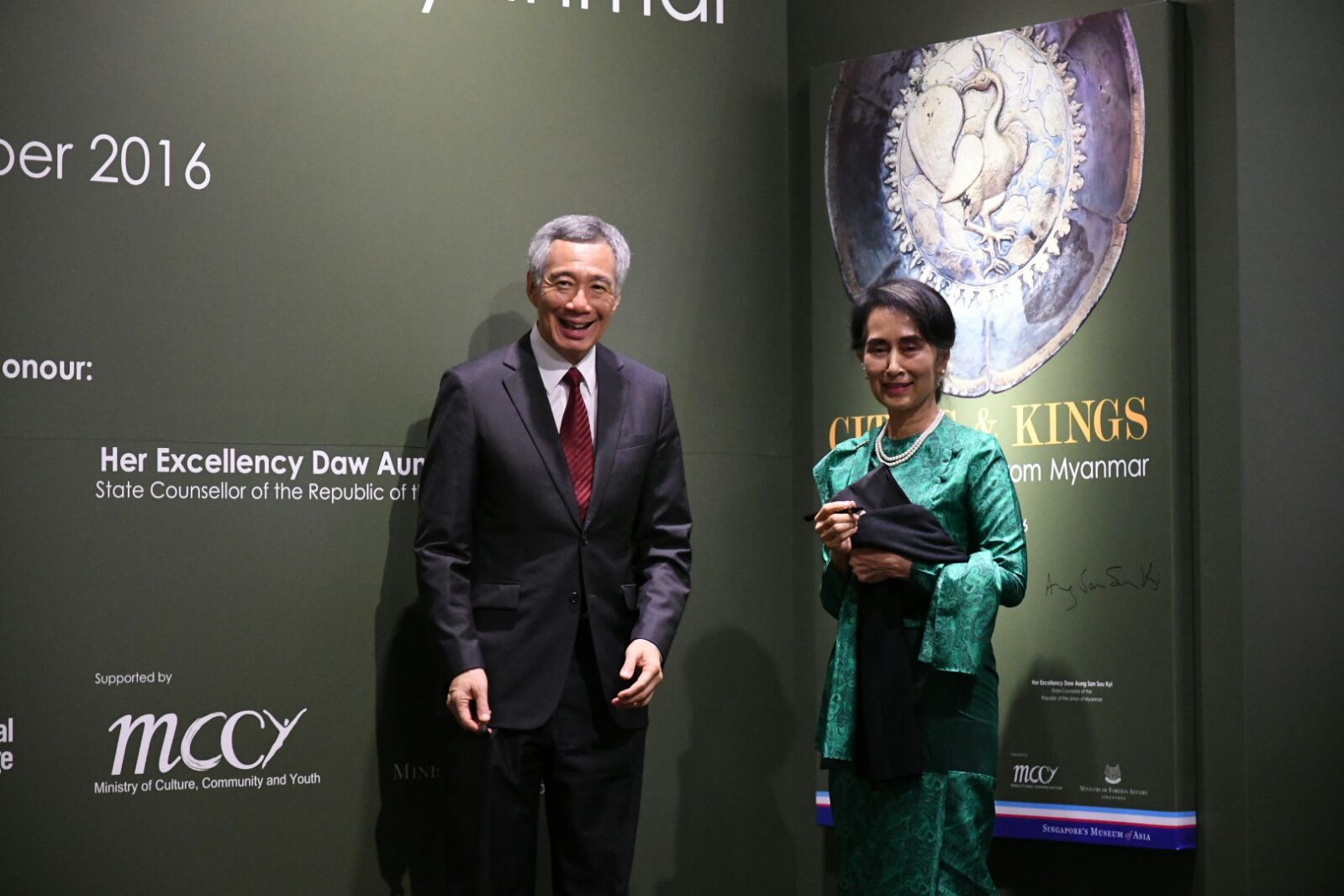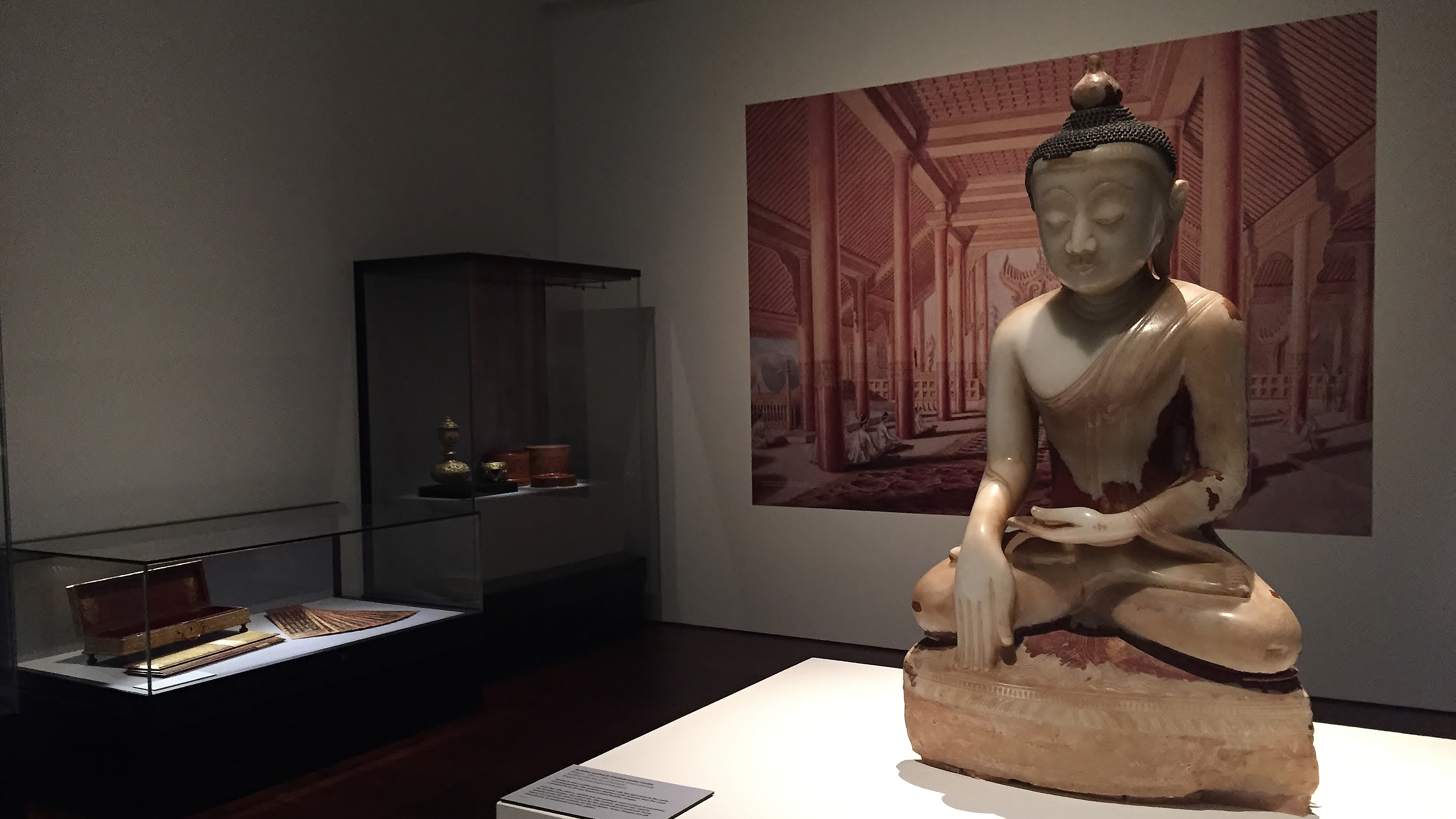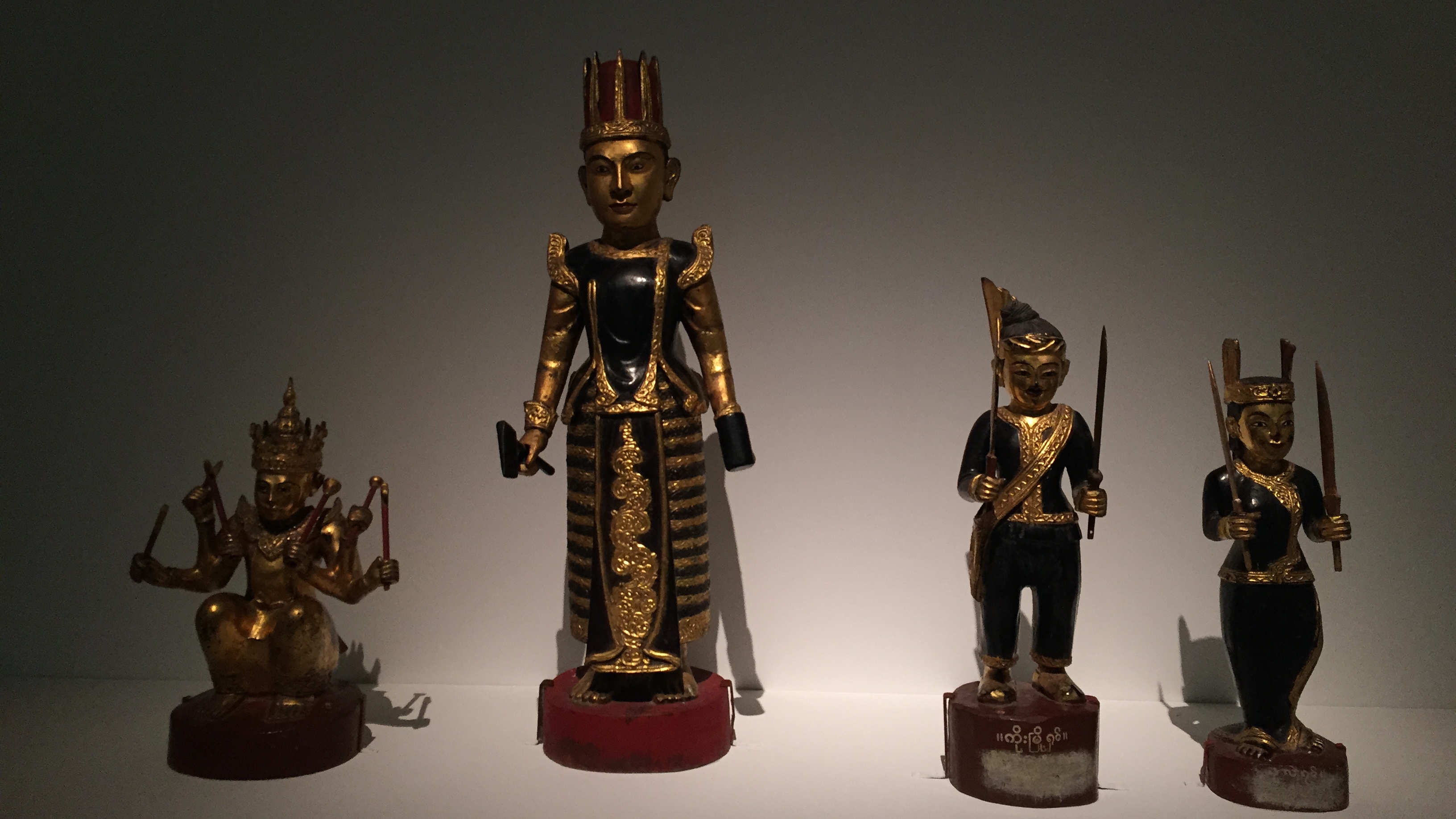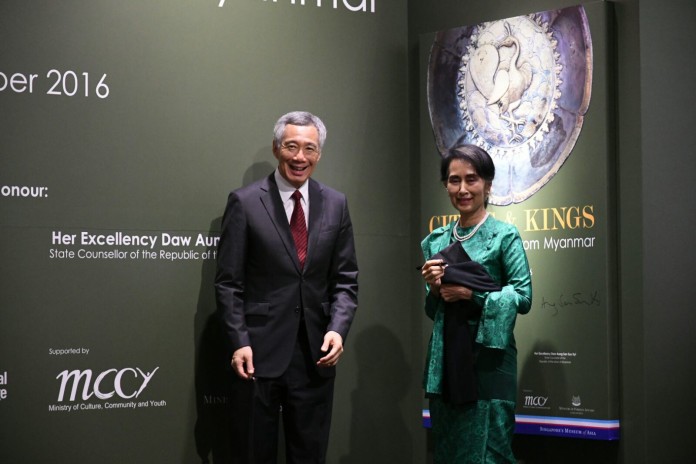SINGAPORE: As Myanmar opens up to the world, a milestone exhibition in Singapore is set to offer a rare glimpse into the country’s rich cultural heritage.
From centuries-old Buddhas to exquisite miniature stupas, some of the country’s most prized artefacts are now on display at the Asian Civilisations Museum in a show titled Cities And Kings: Ancient Treasures From Myanmar.
The exhibition was unveiled on Thursday (Dec 1), with Prime Minister Lee Hsien Loong and Myanmar State Counsellor Aung San Suu Kyi, who is currently on an official visit to Singapore, gracing the opening.
Not only does the show commemorate 50 years of diplomatic ties between the two countries, it is also a landmark collaboration between ACM and four of Myanmar’s national museums, which have lent objects from their collections.
In her opening speech, Minister for Culture, Community and Youth Grace Fu said the exhibition will build on the ties between the two countries.
“Singapore greatly values our relations with neighbouring countries, and this exhibition will provide Singaporeans greater insight into Myanmar’s history and culture.”
Ms Fu also highlighted the longstanding cultural links between the two countries. The Myanmar Buddhist community was among Singapore’s early immigrant communities, and one of their legacies is the Sasanaramsi Burmese Buddhist Temple, which was built in 1878 and houses the largest enshrined white marble Buddha statue outside Myanmar.
Cultural exchanges have also grown in recent years, she added, with workshops on conservation and heritage taking place. “These exchanges highlight the close ties and commitments we have to foster lasting partnerships with our colleagues in Myanmar,” she said.

2,000 YEARS OF MYANMAR HISTORY ON DISPLAY
Cities And Kings comprises 32 artefacts – including 14 that are travelling outside of Myanmar for the first time – that were loaned from the National Museum of Nay Pyi Taw, the National Museum of Yangon, the Bagan Archeological Museum and the Department of Archeology in Yangon. These will be supplemented by 28 additional objects from Singapore’s national collection and a private collection.
The three-month exhibition looks at 2,000 years of Myanmar’s history, from the earliest city-states of Pyu, a UNESCO World Heritage Site, to the ancient kingdom of Bagan and all the way to the last kingdom of Mandalay.

A Buddha made of marble, with traces of lacquer, from the Bagan Archeological Museum. (Photo: Mayo Martin)
Among the rare artefacts displayed are a popular 11th century sandstone Buddha, which visitors to the Bagan Archeological Museum had worshipped inside the museum premises; and a double-sided stone slab, which dates from between the 4th and 6th century, and features both Hindu and Buddhist elements.
“They’re all fantastic pieces and there really are no fillers in this show,” said curator Dr Stephen Murphy. “We wanted stark pieces that would catch the public’s imagination, visually and aesthetically. But we also wanted to have pieces that are historically important.”
According to Dr Murphy, the collaboration was two years in the making, but conversations with their counterparts had begun even before that.
“With the country opening up, the show became more feasible,” he said, adding that the collaboration with their Myanmar counterparts doesn’t end with the exhibition. In July and August, they held a documentation photography workshop in Myanmar and there are plans to hold workshops on conservation as well.
“Bagan is trying to go for another UNESCO World Heritage Site bid and one thing they need is proper documentation, so this is something we help them with,” said Dr Murphy.

Wood and lacquer statues of Nats, or Myanmar’s indigenous spirits, from the Department of Archaeology in Yangon. (Photo: Mayo Martin)
As for creating a cohesive exhibition that spans two millennia of a complex country, he admitted that it was hard to simplify the show. “We think of Myanmar today as a unified country but at different times throughout its history, there are different groups and different centres of power. It’s one reason why we chose to focus on cities because that allows us to anchor down key points and key moments in Myanmar’s history,” he said, adding that there are still a lot of things to discover.
“There was a sort of big gap from during the British colonial period, where a lot of archaeological research took place, up until the 1960s, when Myanmar closed to the world and it became this black hole for a long time. But from the 1990s onwards, it started to open up a bit more and now there is more scholarship.”
Myanmar’s ancient treasures will return to their respective museums after the exhibition closes in March. But with recent news of the mutual lifting of visa requirements for traveling Singapore and Myanmar citizens, the exhibition could go beyond offering visitors a glimpse of the country’s art and culture.
Said Dr Murphy: “One of the hopes of the show is to inspire people to visit Myanmar.”





